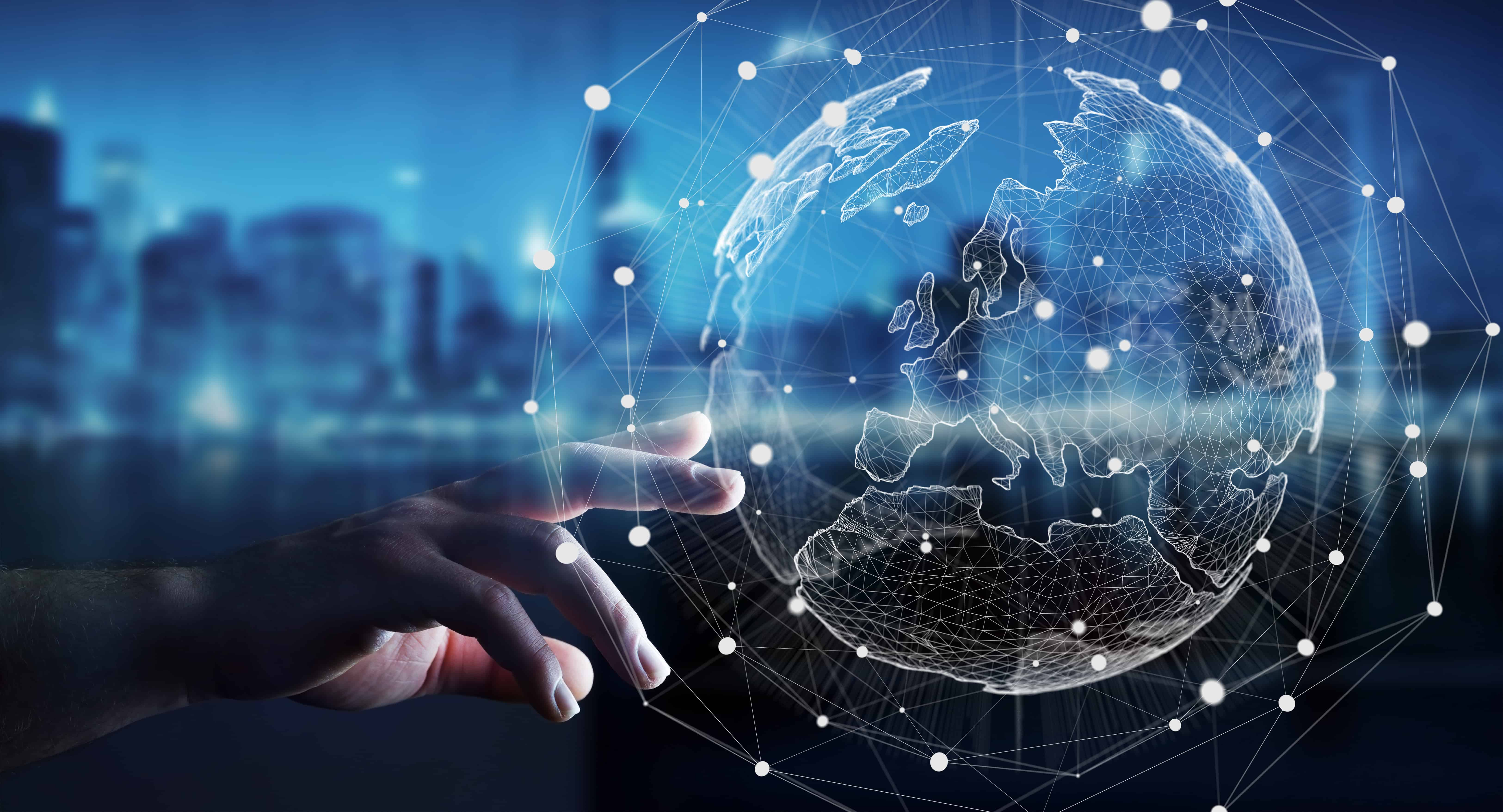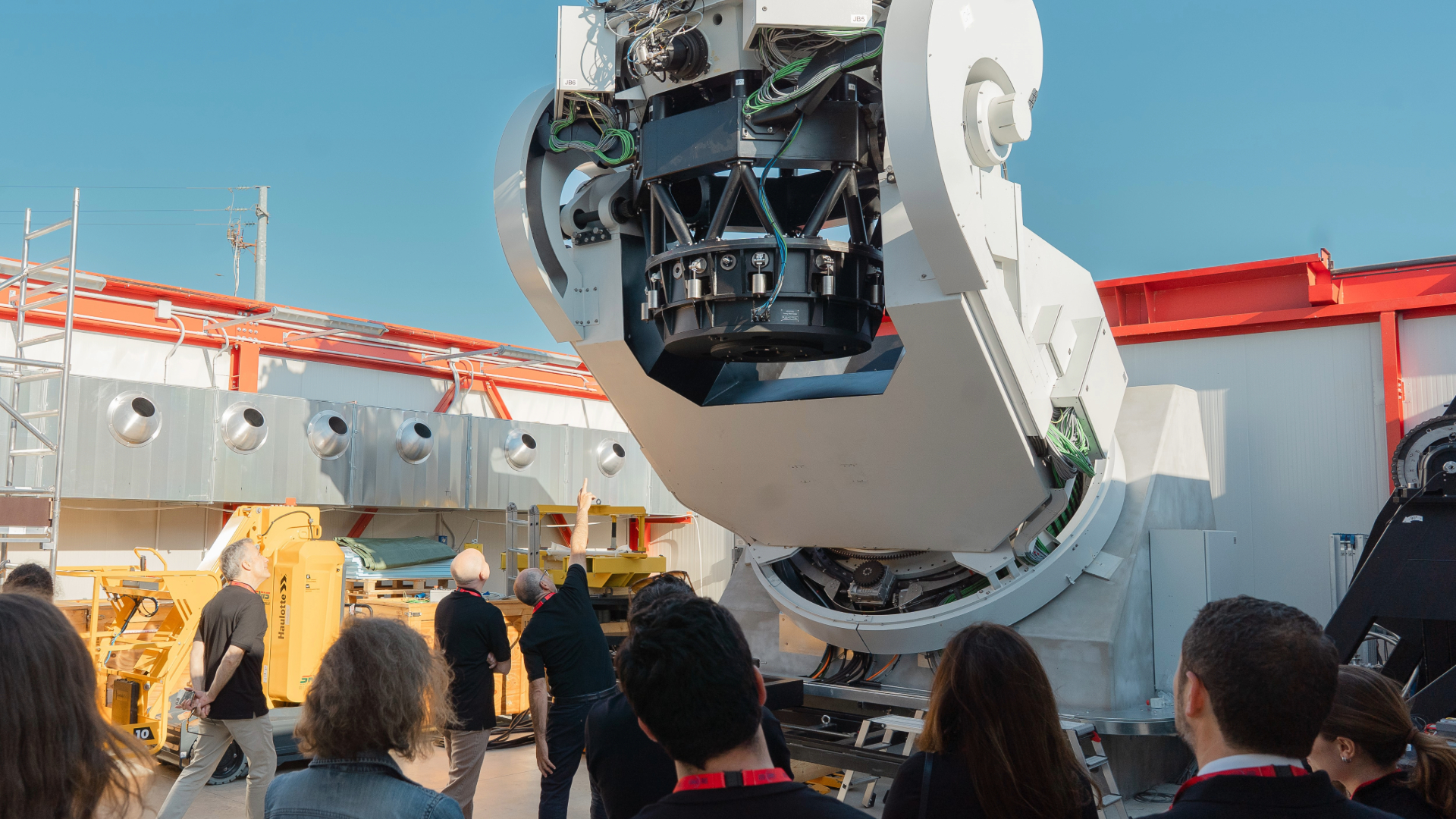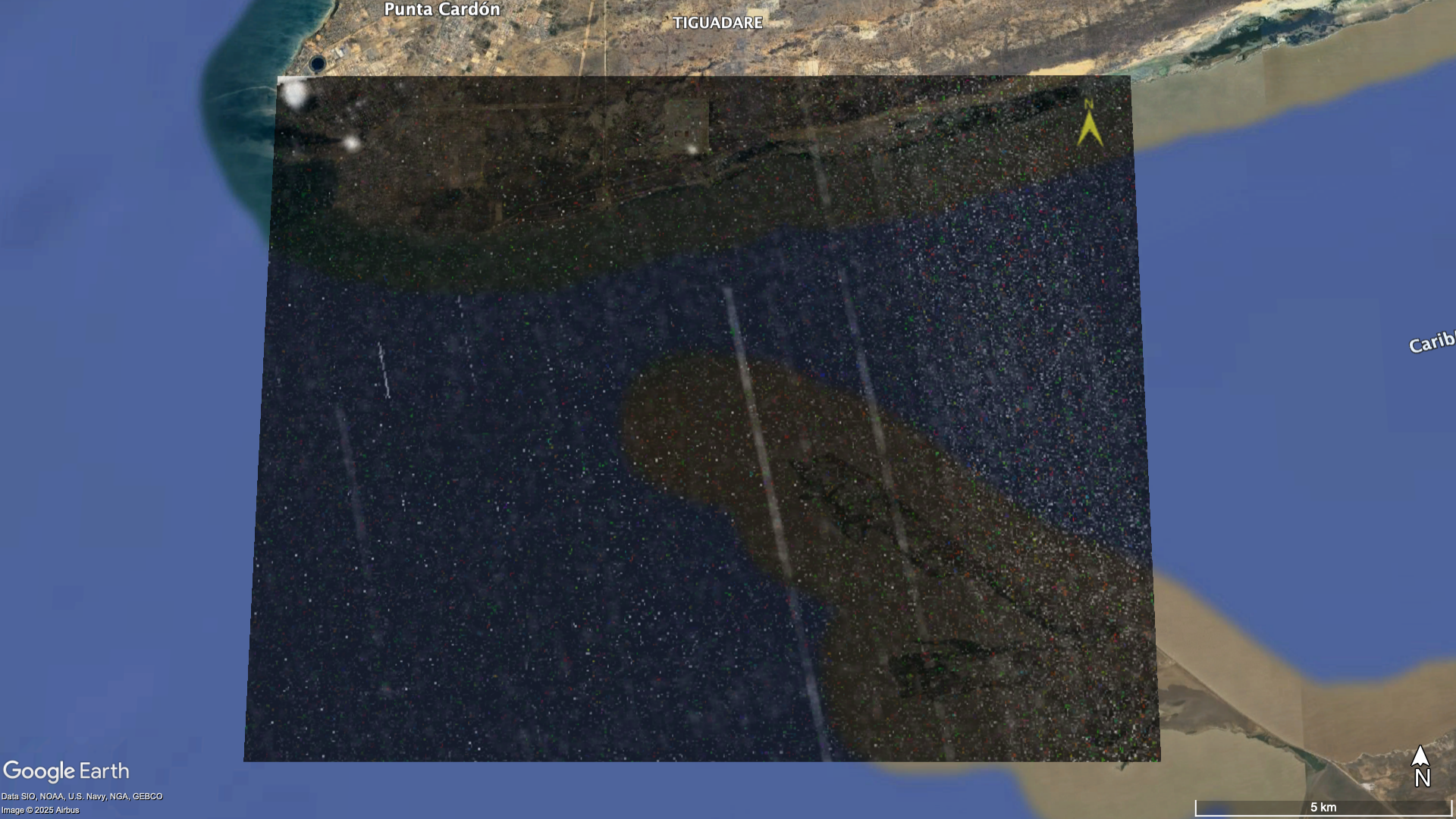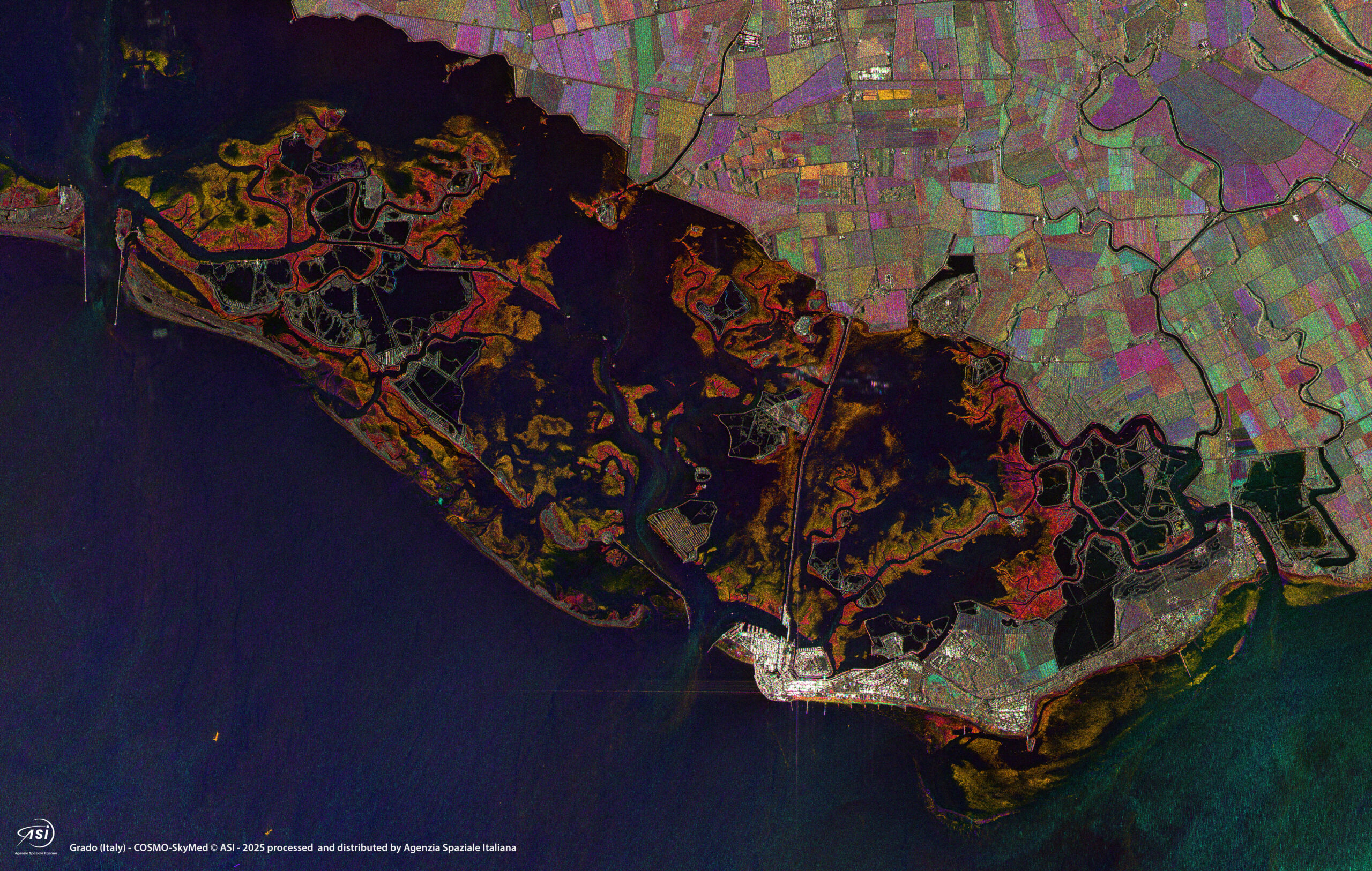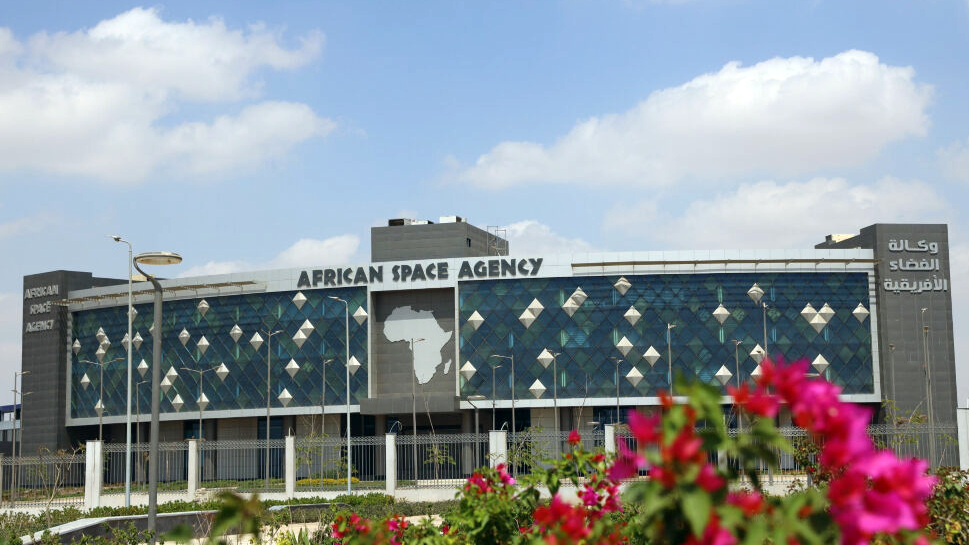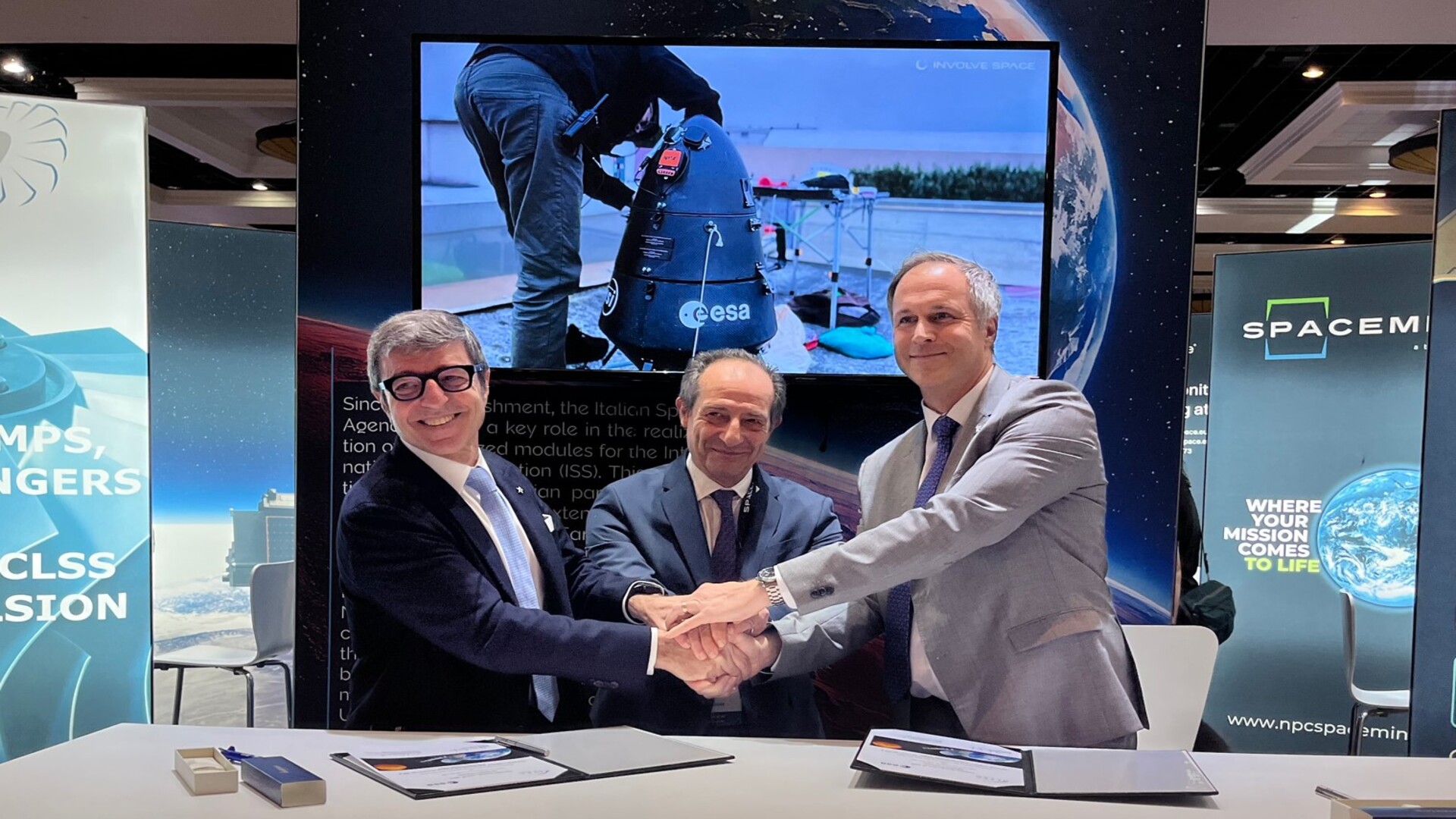
Technology transfer consists of the economic enhancement of knowledge to promote the economic growth, through the transformation of the knowledge produced by research in useful knowledge for production purposes. Technology transfer activities are generally classified in two types: “from Space to Earth” (spin-out) and “from Earth to Space” (spin-in). The technology transfer “from Space to Earth” is regarded as a niche activity, yet particularly important, in the context of the impact of space activities: technologies which are designed for the space environment are subsequently “adapted” to be used on Earth. Such process allows to identify “ground-based” markets which, often, have little in common with the space market, but can generate innovation and business. The technology transfer “from Earth to Space” is aimed at providing adequate support to innovative technological developments for components and constituents which currently have a low TRL (Technology Readiness Level) and that can guarantee evolutions of space systems and future applications in “ground-based” markets. In this respect, technology transfer is a tool to promote innovation for companies in sectors other than the space industry and to contribute to the economic development process and competitiveness through the cooperation between science facilities and companies.
The lines of action by the ASI (Italian Space Agency) include systematic activities to support:
- the transfer of technical-scientific knowledge to both large and small and medium-sized enterprises, with an increasing emphasis on support initiatives to start-up companies;
- the promotion of public and private additional investments, that can have a leverage effect on the impact of the national space policies in the private market;
- the transfer and application mechanisms of space technologies in the other productive sectors, and vice versa
AGREEMENTS WITH RESEARCH AND INNOVATION STAKEHOLDERS
The Italian Space Agency, as provided for in its Statute, has “the task to promote, develop and spread the scientific and technological research applied to the space and aerospace sectors” and the need to establish a set of partnerships, agreements and/or conventions, without an exchange of funds, with central (such as Ministries) and territorial/local (such as Regions, Municipalities, etc.) administrations, research bodies and centres, high schools, universities, foundations and associations.
In the current reference scenario of the space sector at an international and national level, the ASI doesn’t just aim at strengthening its current network of partnerships, but also at strengthening its existing relationships, in particular with the academic world and with the research bodies, in order to promote and expand the relationship between research, innovation and industry.
Useful links
https://distvir.asi.it/DV/home.html
https://www.asi.it/wp-content/uploads/2020/04/DVSS-2020-2022-Finale_compressed_compressed.pdf
TECHNOLOGY TRANSFER: SPIN-OUT / SPIN-IN
Technology transfer consists of the enhancement of research to promote socioeconomic growth, by turning knowledge into useful innovation for production purposes in sectors other than those originally designed. Technology transfer activities are generally classified in two types: “from Space to Earth” (spin-out) and “from Earth to Space” (spin-in). The technology transfer “from Space to Earth” is regarded as a niche activity, yet particularly important, in the context of the impact of space activities: technologies which are designed for the space environment are subsequently “adapted” to be used on Earth. Such process allows to identify “ground-based” markets which, often, have little in common with the space market, but can generate innovation and business. Thanks to the launch of specific initiatives, the ITT (Innovation and technology transfer) unit supports the technology transfer from/to the space sector and the development of applications using satellite data in a non-space environment. As mentioned above, such process, in order to be virtuous, needs to contribute to the creation of new products, processes, applications or services that can support the socioeconomic progress and design a new space ecosystem that includes start-ups, risk finance, business incubators/accelerators, patents, new business approaches; furthermore, it needs to be constantly open to new models and tools resulting from innovation dynamics also in non-Space environments.
The Unit develops the above through public-private Space Economy initiatives (PPP-Public-Private-Partnership) in the context of specific national and international funds and by maintaining relationships with subjects active in the sector of national and international technology transfer, as well as by creating new relationships with private equity and venture capital companies.
Other key pillars of the Unit’s activities are special projects with research centres and universities and the management and enhancement of the Agency’s patent portfolio.
The national space sector is made up of the following stakeholder categories:
- a group of about 200 businesses (https://www.asi.it/wp-content/uploads/2019/06/Book_ASI_090719_WEB.pdf) ;
- 10 technological districts located in the Italian regions;
- 1 National Technological Aerospace Cluster (CTNA);
- 3 National Industry Associations: AIAD, AIPAS e ASAS;
- The Spin-IT platform, including about 110 members from industry, universities and research centres;
- A wide and articulated research system, made up of about 60 centres and including universities/departments and research centres, with recognised points of excellence.
Technology transfer “from Earth to Space” is increasingly becoming an impressive factor of attraction for newcomers, provided that support activities for innovative technological developments, soft-mentoring in the evolution towards space systems and cooperation with national scientific excellences are guaranteed.
According to a new approach, the two types of visions are complementary: a sort of spin-out/spin-in where space technologies are transferred to Earth to be industrialized and customized by companies and, at a later stage, are made available again to space applications.
The two philosophies at the core of the success of the “transfer” are represented by the acronyms “S2I”, Space-to-Industry, or “I2S”, Industry-to-Space, which in turn is at the core of the activities of the Innovation and Technology Transfer Unit.
The enhancement of the technologies and knowledge generated by the activities promoted by the ASI can happen in different ways, but its socioeconomic impacts need to be assessed. Technology transfer must lead to an economic growth that can be measured in social (new jobs, new companies, improvement of the quality of life) and numerical terms (GDP increase, patents, investments), by reaching consistent, and at the same time challenging, KPIs (Key Performance Indicators).
Useful links
https://spacesolutions.esa.int/
https://www.nasa.gov/directorates/spacetech/techtransfer
RESEARCH & INNOVATION INTELLIGENCE
The ASI carries out technology mapping studies at a national and international level, aimed at anticipating and projecting the long-term space developments and analysing the network of partnerships and the in-network interactions (government, industry, academic sector, media, etc.), with the purpose of developing strategic visions and supporting the decision processes and current actions.
As regards its investigation activities, the ASI uses the information on the patents filed at a national and international level, the scientific publications and market data to identify technology trends and the relevant readiness levels. By accessing to a very wide pool of knowledge and excellence in its reference sector and to its specificity for the space sector at the national and international level, the ASI collects complex visions on the potential technological developments of the whole country.
The abstract of some recent studies carried out by the ASI can be found at the following link.
WHAT WE CAN DO FOR YOU
Do you have an idea on technology transfer (from and to space) that you would like to publish or propose to the ASI?
Then contact us at ITT@asi.it

